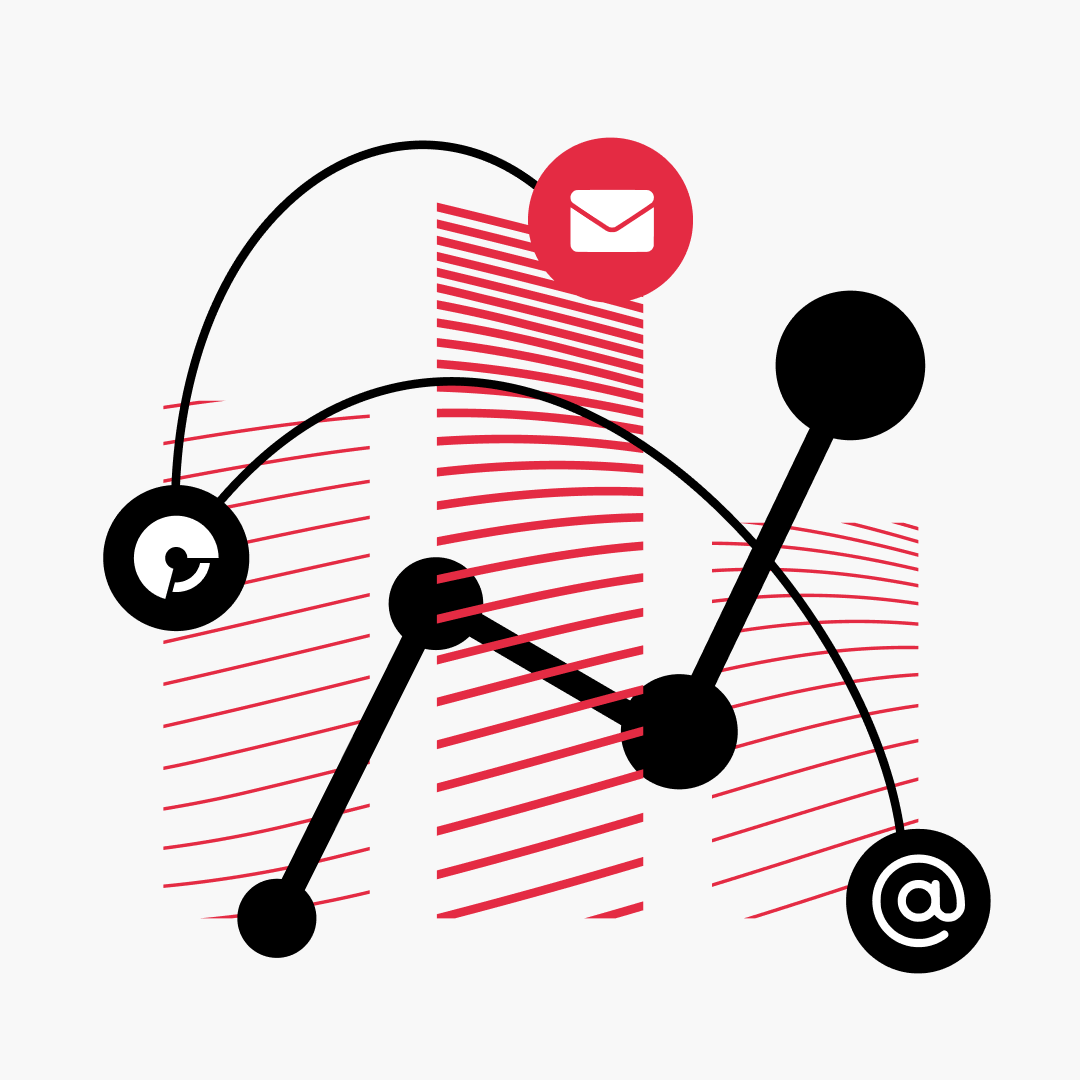Who Is Your Target Audience And How To Find It
Ever thought about what reaching your target audience feels like? Imagine a whole stadium of people against a line at your closest grocery store. Of course, you’d want the first group’s support. According to Marketing Evolution, $37 billion goes to waste yearly from ads that fail to engage the target audience. So, you’ll have to spare no effort. Sparking interest among a plethora of other brands is a journey, and it starts with determining who you’re going after. We’ll help you understand how to figure out the target audience that stays with you at the end of the day.

Target Audience Defined
Target Audience Defined
Let’s do the groundwork here. The target audience embodies a group of people that consider your product or service their perfect match. As if it fit whatever requirements they have based on lifestyle, interests, concerns, aspirations, and such. There are an entire plethora of factors that dictate who your target audience is, and the more precise you get while researching, the higher your chances to create a bond and make customers choose you. If, for instance, your niche deals with sportswear and accessories, your presumed target audience would include active people of any gender and age (unless indicated otherwise). In case you provide chiropractic or dental services, this can narrow your analysis down to a specific location, age, and even financial capabilities.
Why Figure It Out?
In a perfect scenario, your product or service gets sold to those who need it, and everyone’s happy. But it’s not limited to sales. Understanding your customers and the motivation behind their buying behaviors makes your efforts pay off in more ways than one.
Grow Loyalty
Getting people to respond to your emails by visiting your website every once in a while doesn’t do it. As stated by AdWeek, 76% of marketing executives don’t consider behavioral data in audience analysis. Instead of missing out on the opportunity to a strong supporting user community, find what content attracts potential buyers, where they get it from, and which form of delivery is the most efficient. This will give you a chance to form a long-term strategy of content delivery & targeting that aims to build trust and turn buyers into brand loyalists.
Save Resources
Compared to traditional market research which may take years to gather data, target audience analysis is more narrow. It eliminates the need to dissipate efforts on multiple focus groups. Besides, through target audience analysis, you can maintain lower costs since the process of gathering and analyzing information can be easily automated.
Get A 360-Degree View
Target audience analysis almost exclusively deals with social media. While this means you’d have to structure and interpret more data, the strong points are precision and real-time application. For instance, through social media like Facebook, you can access users’ location, interests, activity, and personal information shared by them, which helps create user personas easier.
Fulfill Specific Needs
The rule here is that the more precise, the better. Focus on a particular group of people and offer something unconventional within your niche, and you’ll see strong signs of interest. Plus, you’ll end up being a few steps ahead of the competition by selling a product or service that other companies left out. Each move that covers the customers’ weak spots establishes your business as a strong player in the market and propels you closer to success.
Determine Your Audience
Determine Your Audience
Working out every aspect of your product or service is a good place to start. Before you reach out to customers, make sure all virtues, flaws, technicalities, and risks are accounted for. After comes the planning stage: here, setting realistic goals and outlining your strategy step-by-step clarifies the advertising process. Competitive market analysis is also an important part of planning your target audience outreach – this article sums it up pretty well.
Now that the thinking behind your position in the market is done, let’s move on to defining your potential customers. To understand which avenues are worth using to reach your people and how exactly to do that, you can center on the following factors:
- Demographics, including age, gender, interests, most used device, purchasing habits, income and profession, and the use of marketing channels.
- Subcultures. This deals with groups of people tied to specific domains, like media and entertainment, hospitality, the health & wellness industry, and more.
- Attitudes & Opinions. In this case, you can advertise your product based on the beliefs held by a certain group. For example, if your business sells eco-friendly cosmetics and zero-waste coffee cups, or offers recycling services, it’s logical to narrow down your search to a fitting community.
- Lifestyle. Analyzing how your potential customers spend their time can be efficient in figuring out trigger points that drive purchases. Is your kitchenware the best on the market? Make sure the food bloggers see you. Does your company offer revolutionary software solutions for the graphic design community? You know where to get in the front.
Based on this knowledge, you can create detailed user personas. Testing different advertising formats and continuously revising your approach will enhance your understanding of the market needs and predict what is to come.
Segment The Audience Further
You can dive even deeper into the groups we’ve described above. Defining subgroups with similar needs or behavioral patterns enables you to deliver more tailored messaging and create stronger bonds. When done correctly, segmentation opens up an opportunity for advertising that feels deeply personal and sets you apart as a company that understands the assignment and gets it done. According to Hubspot, marketers that run segmented campaigns observe a 760% increase in revenue. To show you what elaborate segmentation looks like, here are some other aspects you can look into:
- Life stage: homeownership, job position, marital status, children and their age;
- Technology: the role of technology in users’ lives, response to new technologies, preferred technologies and tools, most common problems linked to technology use;
- Previous experience: this option works for customers who have already used your product or service; it concerns their experience, feedback, and areas of improvement for you to achieve better results.
These are just some of the examples of audience segmentation. In reality, you can dissect just about any area surrounding your target audience. As long as you keep the context and your goals in sight while researching, opportunities to access specific customer segments will pop up.
Audience Targeting Tips
Audience Targeting Tips
The way you choose to target your audience and further engage with it strongly depends on the available resources. Still, a decent target audience analysis has a number of persistent steps:
- Choose your tools for analytics. Social media provides a massive amount of information, which is both good and bad. Instead of handling it manually, you can make the data-gathering process simpler with automation. Google Analytics and Followerwonk, for example, help analyze what users are interested in and what their journey towards the desired purchase looks like. Answer The Public, Keyword Tool, TalkWalker Alerts, and the like make generating keywords and evaluating their performance as easy as can be.
- Clarify research points. At this stage, the goals you’ve set for your targeting campaign come into play. Treat them as a foundation for your marketing strategy and a tool that brings clarity when it’s time to evaluate the outcomes of targeting.
- Address the demographic. Decide on the factors that unite your target audience and build your messaging around that.
- Test your audience and generate a report to measure efficiency. While studying the results, keep your initial goals in mind and tweak the strategy based on that – you can always start anew and switch over to a new audience segment.
Final Words
Final Words
Target audience analysis and trial and error go hand in hand. No matter how many times you need to readjust your targeting campaign, the result only comes if you have the right means to achieve it. This goes way beyond automation tools and report generators – a deep understanding of the market and key industry trends is necessary. Ultimately, you can unlock wider audiences and sell better.
Want to secure a strong market position and increase customer loyalty?
Our team of digital experts is ready to make it happen.
Contact





